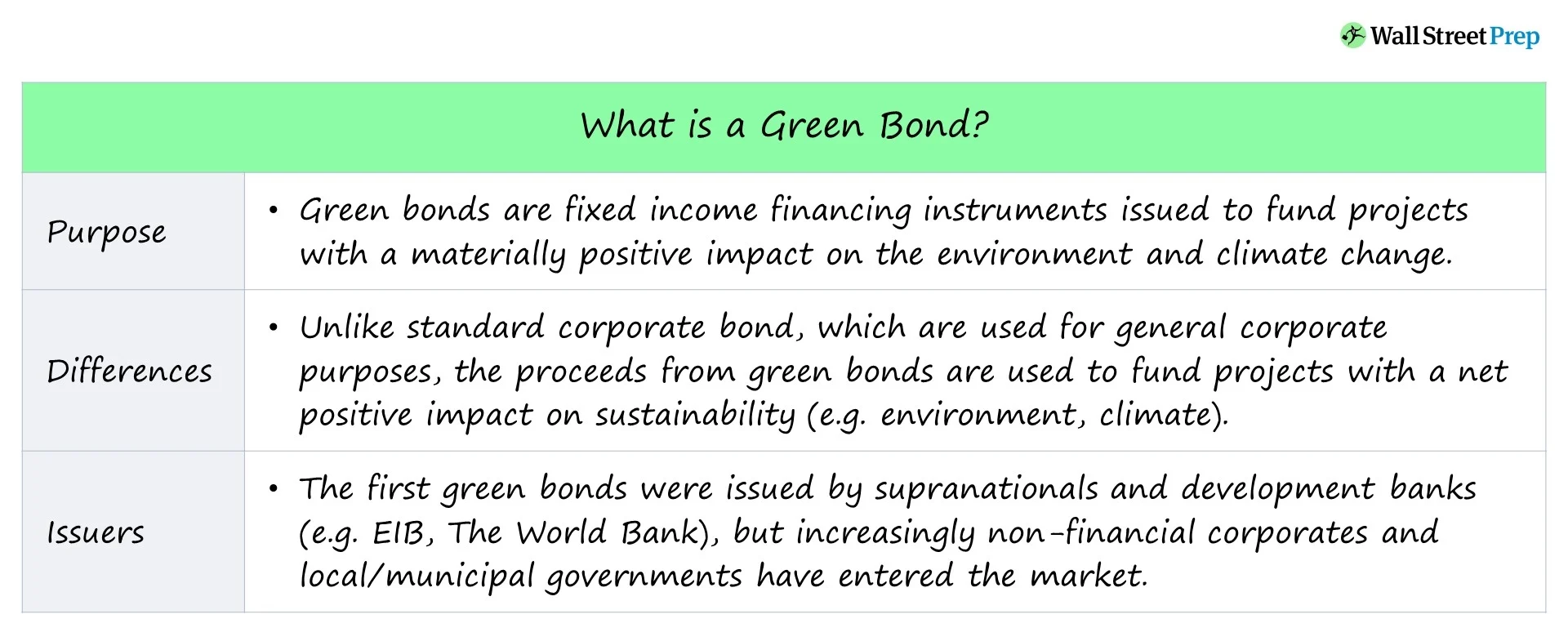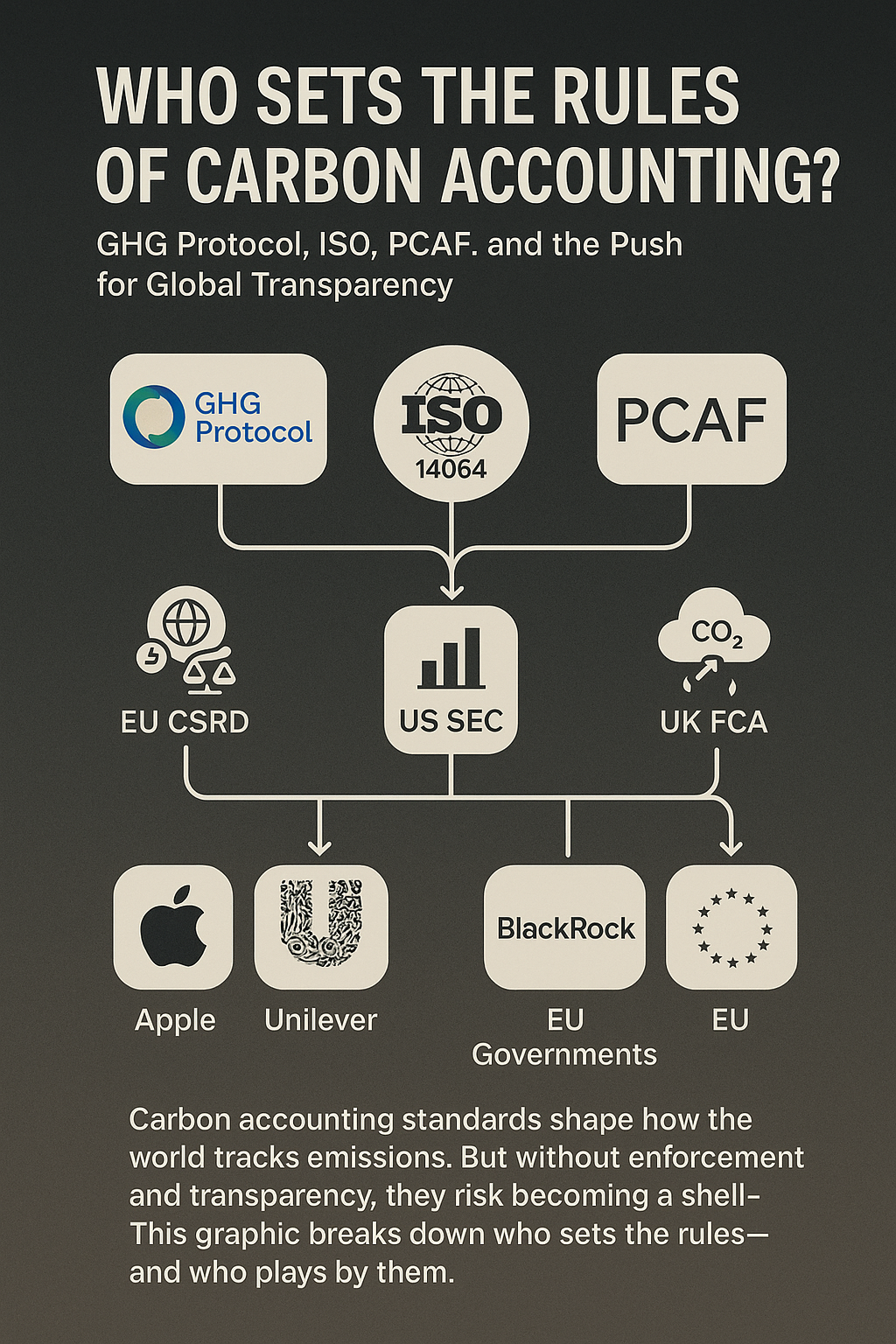Introduction
Carbon credits have been hailed as a market-driven solution to climate change, but their effectiveness remains hotly debated. While proponents argue they incentivize emission reductions, critics contend they enable corporate greenwashing and fail to deliver real-world impact. This article provides a rigorous, evidence-based analysis of carbon credits, examining their mechanisms, benefits, regulatory challenges, and systemic flaws—with references aligned.
1. What Are Carbon Credits?
A carbon credit permits the emission of one tonne of CO₂ or equivalent GHGs, functioning under two primary systems:
- Compliance Markets (Cap-and-Trade):
- Governments impose emission caps (e.g., EU ETS), allowing companies to trade excess allowances.
- Critique: Studies show that over-allocation of permits (e.g., in Phase I of the EU ETS) led to price crashes, undermining emission cuts (Ellerman et al., 2010).
- Voluntary Carbon Markets (VCMs):
- Corporations buy offsets to meet ESG goals, but investigations reveal widespread credibility issues (The Guardian, 2023).
Key Problem: The lack of a unified global standard creates fragmentation, with some credits representing real reductions while others are ineffective or even fraudulent.
2. How Carbon Credits Work—And Where They Fail
a) Project Development & Additionality Concerns
- Projects must prove they reduce emissions beyond business-as-usual (“additionality”).
- Failure Example: A 2022 study found that 90% of rainforest offsets by Verra (the largest certifier) were “phantom credits” (The Guardian, 2023).
b) Verification & Permanence Risks
- Forestry credits are vulnerable to wildfires or logging, negating claimed reductions (CarbonPlan, 2021).
- Case Study: California’s forest offset program overestimated sequestration by 30-80% (Frontiers in Forests, 2022).
c) Trading & Greenwashing Risks
- Companies like Shell and Chevron buy cheap offsets rather than cutting operational emissions (Bloomberg, 2023).
- Legal Risk: The SEC is investigating firms for misleading carbon-neutral claims (Wall Street Journal, 2024).
3. Regulatory and Tax Challenges
a) International Frameworks: Loopholes and Weak Enforcement
- Paris Agreement (Article 6): Allows cross-border credit trading but lacks strict safeguards against double-counting (UNFCCC, 2023).
- EU ETS Reforms: After years of low prices, the Market Stability Reserve (MSR) now retires excess permits—but industrial lobbying still dilutes impact (ICAP, 2023).
b) Tax Treatment: Inconsistencies and Avoidance
- VAT Arbitrage: Some jurisdictions (e.g., Singapore) exempt carbon credits from VAT, while others (e.g., UK) tax them, creating cross-border tax planning opportunities (IBFD, 2023).
- Transfer Pricing Risks: Multinationals exploit disparities in credit valuation to shift profits (OECD, 2022).
- Australia’s Scandal: The government’s Carbon Credit Scheme was found to award credits for projects that did not reduce emissions (Australian Conservation Foundation, 2022).
4. The Future: Reform or Phase-Out?
a) Strengthening Integrity
- Blockchain Tracking: Pilots like ClimateCHECK improve transparency (WEF, 2023).
- Stricter Standards: The Integrity Council for the Voluntary Carbon Market (ICVCM) now requires projects to meet “Core Carbon Principles”—but enforcement remains weak (ICROA, 2023).
b) Alternatives to Offsetting
- Carbon Taxation: British Columbia’s $50/tonne tax reduced emissions 5-15% without offsets (Nature, 2022).
- Insetting: Companies like Nespresso focus on supply-chain reductions rather than buying dubious credits (CDP, 2023).
c) A Call for Honest Accounting
- SBTi’s New Rule: Offsets can no longer count toward Scope 3 emission cuts (SBTi, 2024).
- Investor Pressure: BlackRock now votes against directors of firms over-relying on offsets (Financial Times, 2024).
Conclusion: Solution or Distraction?
Carbon credits could play a role in climate mitigation—but only if:
✅ Fraudulent projects are purged from markets.
✅ Strict regulations replace voluntary schemes.
✅ Corporations prioritize real cuts over offsets.
Otherwise, they risk becoming a dangerous distraction from genuine decarbonization. The question is no longer whether carbon markets can work—but whether they should survive in their current form.
References:
- Australian Conservation Foundation (2022). Australia’s Carbon Credit Scandal.
- Bloomberg (2023). Big Oil’s Carbon Offset Problem.
- CarbonPlan (2021). The Permanence Problem in Forest Offsets.
- Ellerman, A.D. et al. (2010). Pricing Carbon: The EU ETS Experience.
- Financial Times (2024). BlackRock’s New Stance on Carbon Offsets.
- The Guardian (2023). Revealed: 90% of Rainforest Offsets Are Worthless.
- OECD (2022). Transfer Pricing Risks in Carbon Markets.
- Wall Street Journal (2024). SEC Probes Corporate Carbon Claims.





